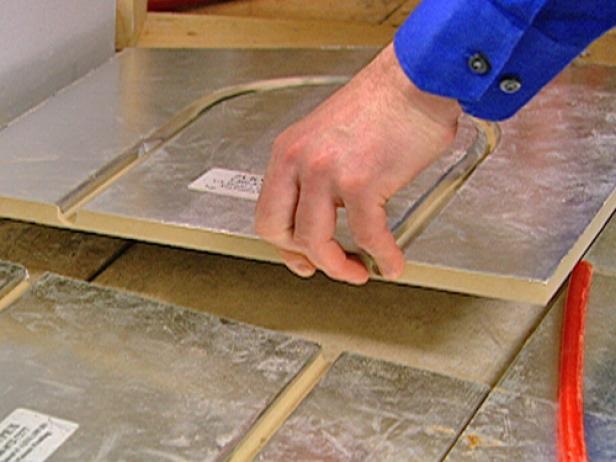There is no doubt about the fact that no one likes a cold floor, especially during winters. Getting out of the bed is one task, but running to the kitchen on a cold floor to make your morning cup of coffee or tea can seem like quite the task. Hence, getting a Kitchen floor heating in Toronto is always a great idea. Electric heating is one of the most popular options which is available for radiant floor heating. The installation process isn’t too tricky, but it should always be done by a professional to ensure that the system is installed properly and works properly. Here is a step by step guide for you to install an electric floor heating system at home.
Step 1:
The first step in installing an electric floor heating system is to get a mat material for the installation and then unroll it. After it has been unrolled, you should measure the amount that you need and then size it accordingly. If the piece is too small then the heating will not be effective and if it is too big then it will add heat to places you don’t need it. Once it has been cut you will have to strip two of the wires as power will run into it. These two wires should be sticking outwards, making them easily accessible. At the end, staple all of the mats in place.
Step 2:
Next is to crimp one wire from each of the mats to the other. Crimping the black and the white wires together is what usually happens, but there are wires of other colours, then follow the manufacturer’s guidelines. A copper wire will have to be placed inside of the crimpling sleeve.
Step 3:
Once all mats have been placed, then you can begin the installation of the insulation. Place the insulating in between the joists of the flooring. Keep the insulation at a distance from the heating mats themselves and never lace the insulation on top of the mats. Refer to the manufacturer’s guidelines about how far away should the insulation be from the mats. Abide by these measurements.
Step 4:
The last step is of installation of the subfloor. You should not place the flooring on top of the mats alone. The mats should be laid down on the top of the subfloor and then apply a layer of concrete on top of the mats. Once the concrete has dried, you can continue the installation of the flooring. Though concrete sounds like a great option, but you could also opt for gypsum. Ensure that you make use of a moisture barrier in various areas of home which are wet or humid, especially the kitchen and the bathroom.

